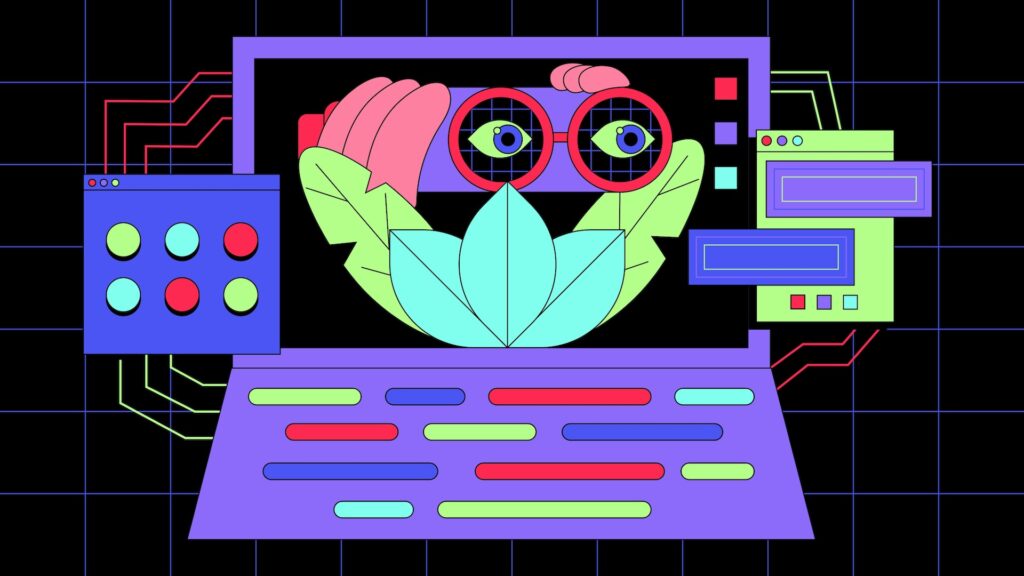Today, we’re talking about the IT/Technology culture. Often underestimated as “just support,” this subculture actually plays a pivotal role in enabling strategy and innovation. They don’t fit cleanly into one of the traditional categories like finance or marketing. because they often act as a bridge between strategy, operations, and innovation.
This post is part of my new series on Functional Subcultures, where we’ll explore how departments like Finance, Marketing, Sales, and others develop their own values, communication styles, and ways of making decisions.
Each department has its own priorities, jargon, and ways of thinking. Without awareness, misunderstandings tend to arise.
Successful IT teams foster cultures of collaboration, set clear goals, and provide the necessary resources and support. We can call these people cultural brokers. They value system integrity, logic, automation, problem-solving, scalability, and security. Their mindset is analytical, cautious about change, risk-aware, but innovation-driven, process-oriented.
What Defines The Technology Culture
IT teams are often responsible for ensuring system stability, data security, integration of platforms, and enabling innovation through automation and scalability.
In the IT subculture, four traits stand out when viewed through an intercultural lens.
- High Uncertainty Avoidance: IT teams are wired to reduce risks; it’s needed to achieve reliable systems. Testing, protocols, documentation, and security checks are their way of bringing stability before going live.
- High Power Distance (expertise-based): Respect here is less from titles and more from technical know-how. As “go-to” experts, they carry more weight than formal hierarchy.
- Long-Term Orientation: Technology decisions aren’t just for today. IT builds scalable systems, prioritizes cybersecurity, and lays the groundwork for future growth.
- Low context Communication: Their direct communication via specs/code is highly technical, precise, simple, and clear. Less storytelling and more specifications.
Where IT Can Clash With Other Functions
IT frequently clashes with departments that are more vision-driven or speed-driven.
- Marketing may want fast, visually engaging campaigns using tools that aren’t secure or scalable. This may create tension between creative vision and technical constraints. IT will push back on unsupported systems.
- Sales might request last-minute system changes or integrations to close a deal, but IT follows release cycles and stability rules
- Finance may not see clear ROI in infrastructure investments, leading to tension due to underfunding or reactive upgrades
- Operations: share respect for systems, but differ on pace of change – IT may prefer controlled rollouts
These clashes often stem not from unwillingness, but from different time horizons, communication styles, and definitions of “value.”
Adapting To The Technology Culture
To bridge gaps,
- Include IT early in strategic conversations and planning. An understanding of the broader business case will provide better, more scalable solutions
- Encourage product managers or cross-functional liaisons to translate between IT and other functions
- Help IT teams develop storytelling and business alignment skills, going beyond their technical specifications
- Promote cross-training that includes IT job-shadowing customer-facing functions, to gain customer insight and empathy
Coaching can help IT leaders develop relational fluency, helping them translate tech speak into business impact language. Conversely, other departments should learn to respect IT’s need for testing, security, and documentation.
Common Vision Alignment Tips
Effective leadership means valuing both business speed and IT’s structure. Integration happens when IT is treated as a strategic partner: enabling value, scalability, and customer satisfaction. Leaders can bridge gaps by using shared language (user experience, speed to market), involving IT in visioning, and tying tech KPIs to business outcomes like adoption, uptime, and growth insights.



